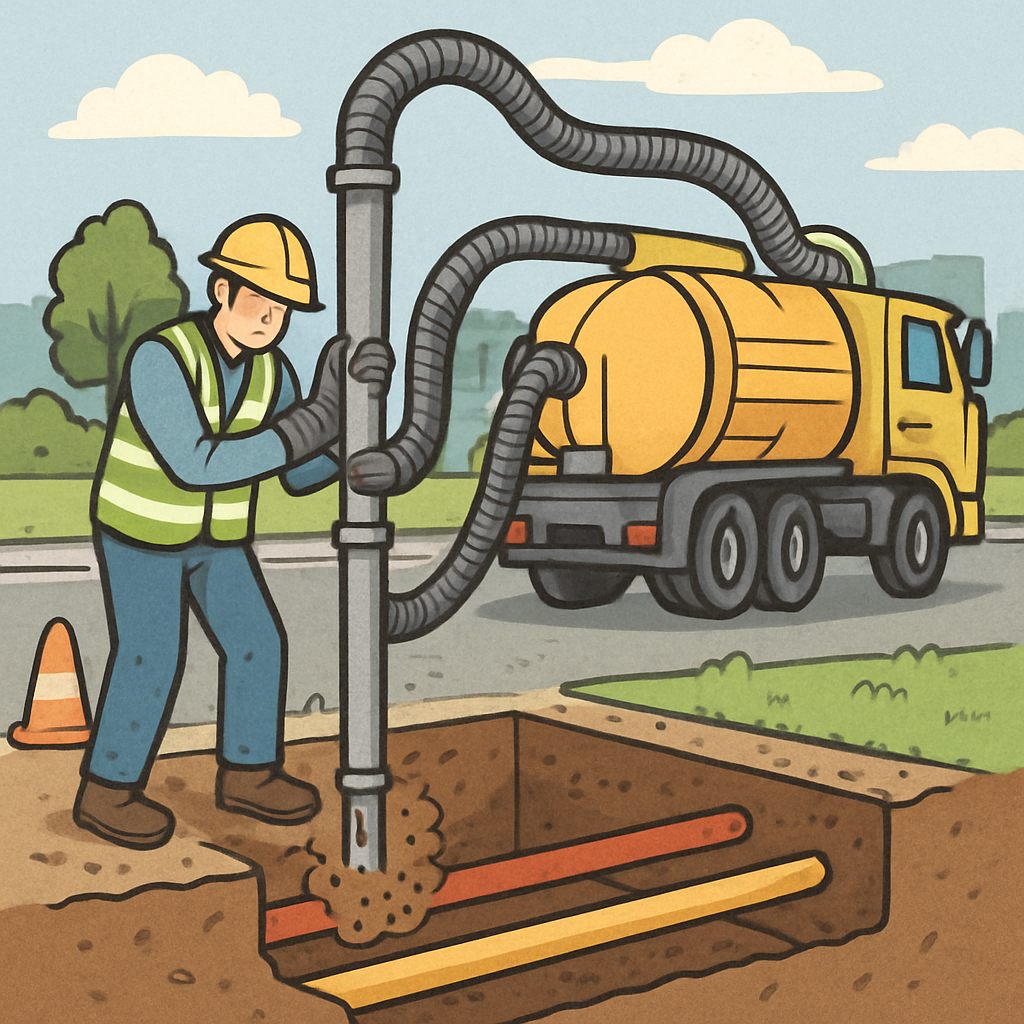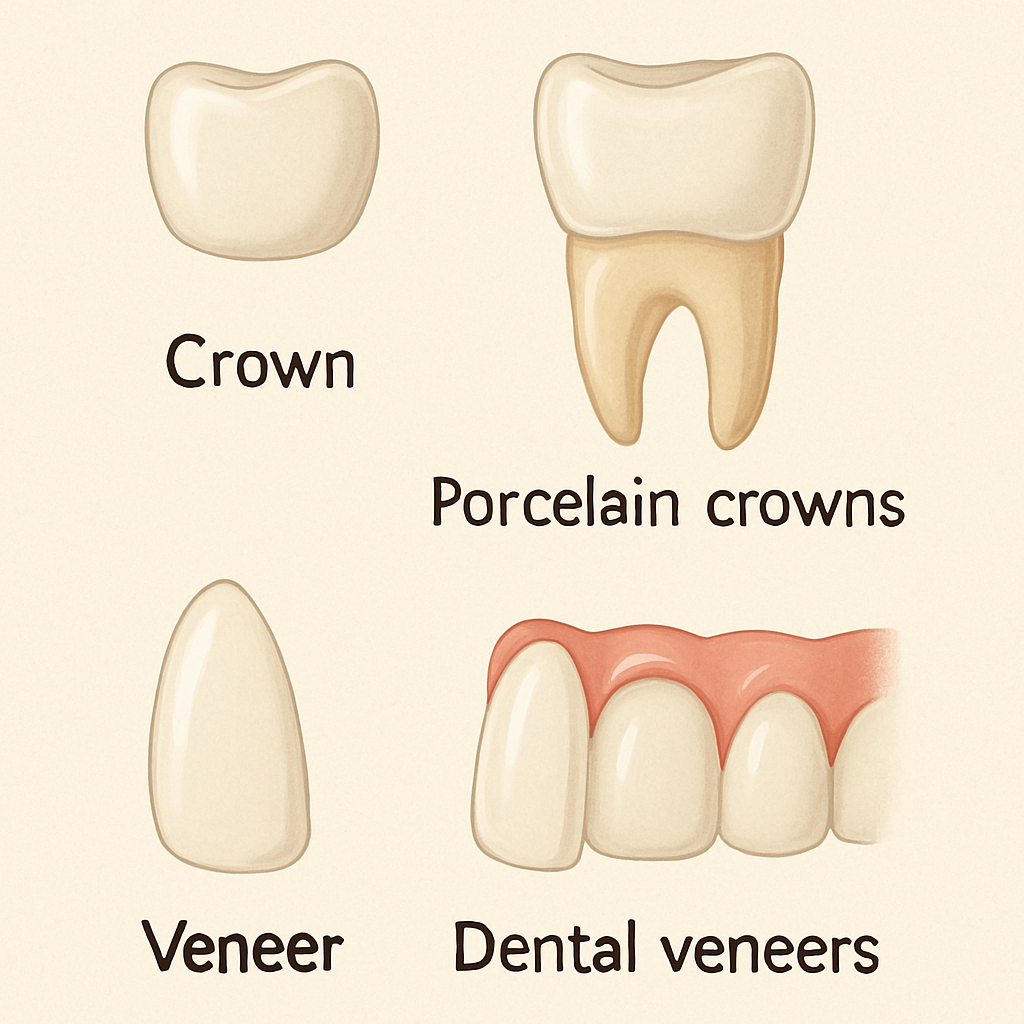Tree bracing is an important aspect of tree care that helps to maintain the stability and health of trees. This is achieved by providing support to weak or damaged branches, stems, and trunks, thus preventing them from breaking or falling.
There are several methods of tree bracing, including:
- Cable Bracing: This method involves installing cables between two or more branches to provide support and reduce stress on the branches.
- Guying: This method involves tying ropes or cables to the trunk or branches of a tree and anchoring them to the ground to provide stability.
- Staking: This method involves driving a stake into the ground near the tree and tying the tree to the stake to provide support.
- Supports: This method involves installing metal or wooden supports around the tree to provide stability and prevent damage from wind or other environmental factors.
It is important to note that tree bracing should only be done by a professional arborist. Improper bracing can cause more harm than good and can lead to further damage to the tree. A professional arborist will be able to assess the tree’s needs and determine the best method of bracing for the specific tree.
Tree bracing is a cost-effective way to maintain the health and stability of trees. It can also help to extend the life of a tree, making it a worthwhile investment for property owners.
If you have any concerns about the stability of a tree on your property, it is recommended that you consult with a professional arborist to determine the best course of action.
In conclusion, tree bracing is an important aspect of tree care that helps to maintain the stability and health of trees. Proper bracing can prevent damage and extend the life of a tree.
If you have concerns about the stability of a tree on your property, it is recommended that you consult with a professional arborist.







